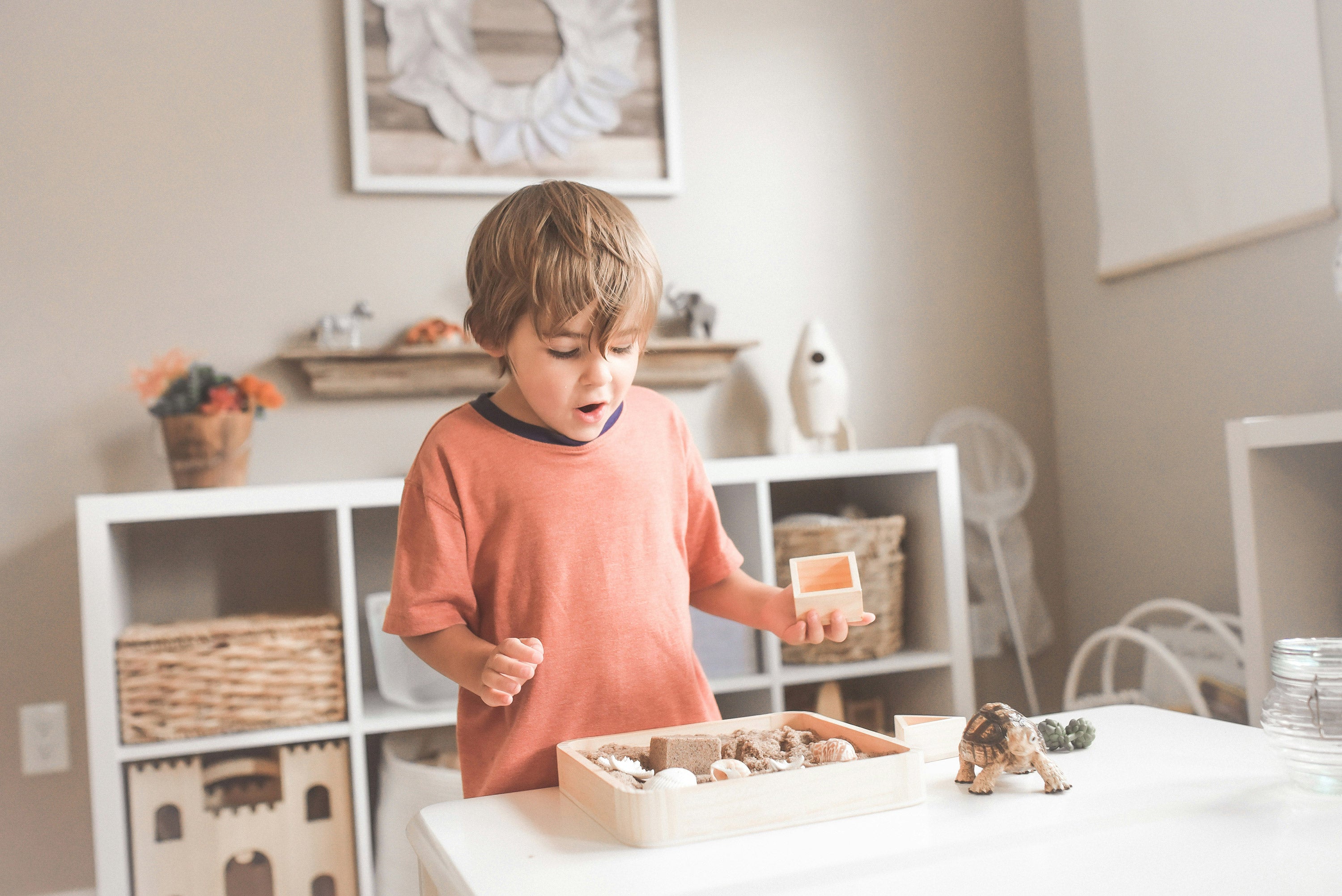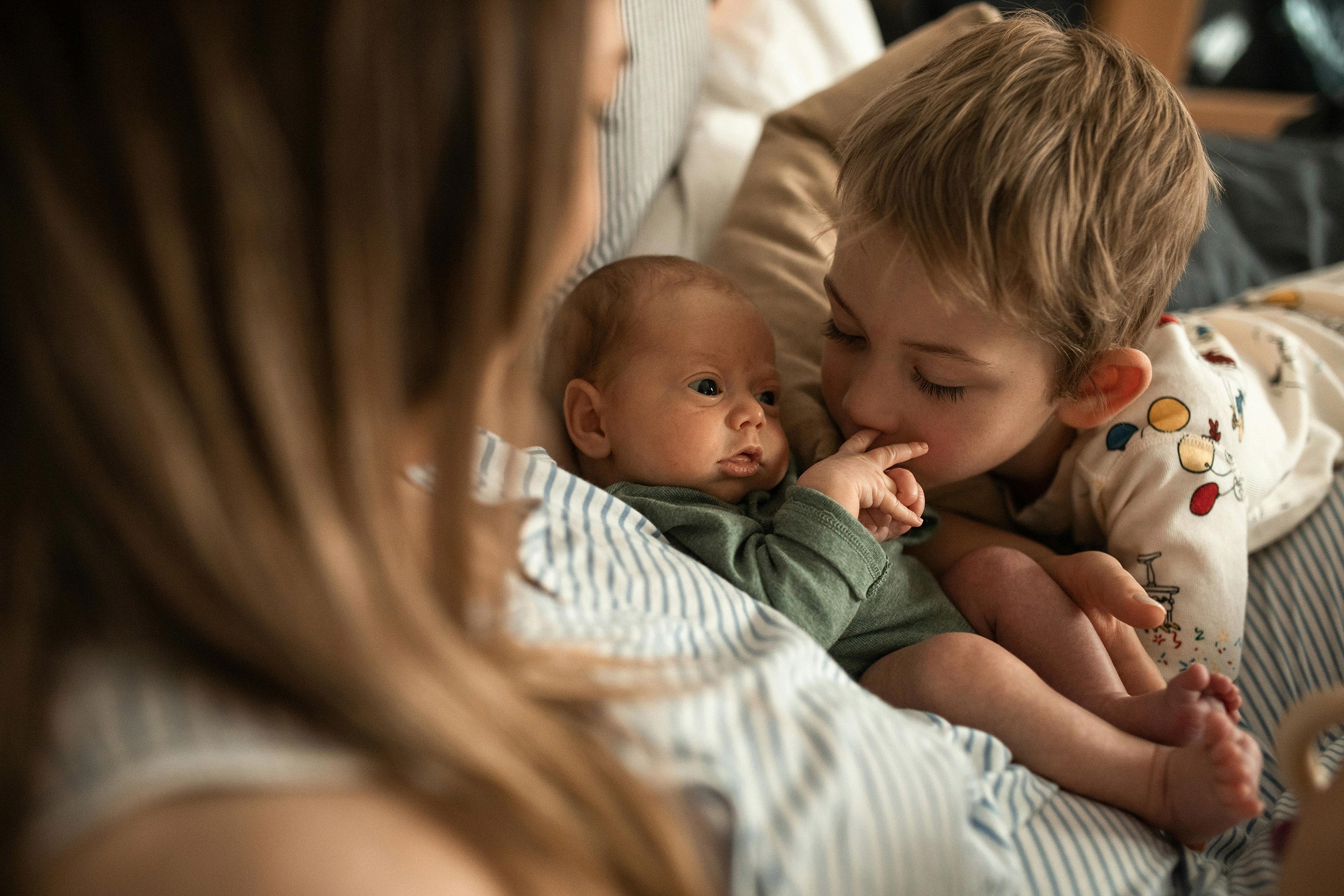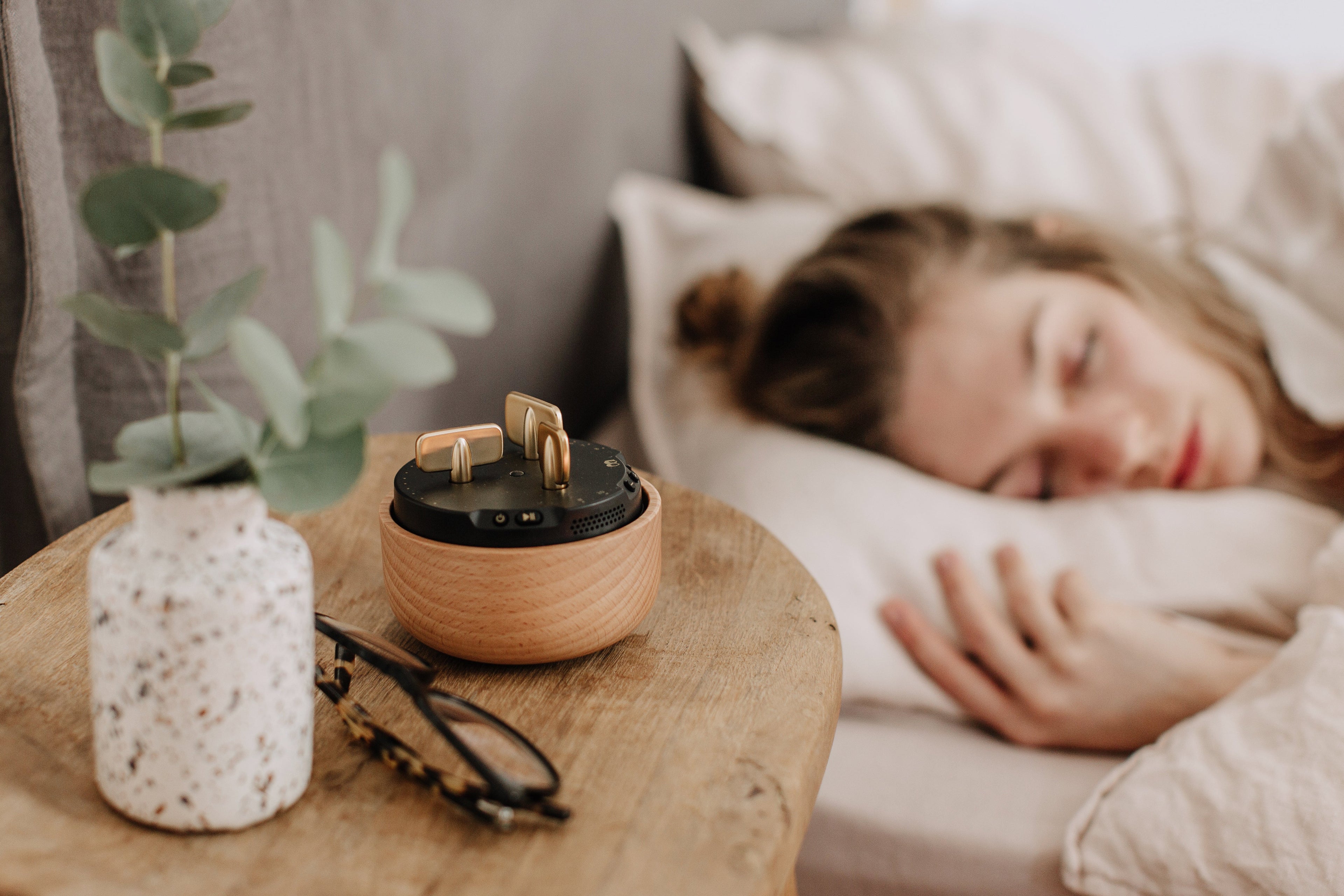Difrax understands that parents want peace of mind that their kids are getting only the best of everything. To maintain their commitment to baby product excellence, they thoroughly test every pacifier before distributing them to stores. Each one must meet strict European regulation standards as set out in the EN1400 standard. When you buy a Difrax pacifier, you can rest assured that it’s completely suitable for your little one to use and even healthy for their development. Read on for some help on how to keep your Difrax pacifiers safe for use and in good working order.

Always inspect your pacifier before use
- Check the pacifier for weak spots, cracks, or bite marks every time before your baby uses it by pulling firmly on the sucking areas.
- Follow European guidelines and replace your baby’s pacifier every six weeks. After about six weeks, small cracks start to appear that aren’t immediately visible to the naked eye. This is the start of greater damage, which you naturally want to prevent.
- Throw the pacifier away immediately at the first sign of damage.
- If your child starts to bite on their pacifier, we recommend weaning them off using pacifiers altogether.
Hot Tip: Is your baby teething? Make sure to thoroughly and constantly check their pacifier for damage.
CTA: Shop pacifiers

How to safely use a pacifier cord
Every parent knows that few things cause as much mayhem as a lost pacifier. Luckily, Difrax’s handy pacifier cord attaches your baby’s pacifier to their clothing, ensuring it’s always within arm’s reach. Here are some useful tips on how to safely use Difrax’s pacifier cord:
- Make sure it’s not attached to your child when you put them to bed. They could get caught up in the cord.
- Make sure the cord is shorter than 22 cm. This is the maximum length allowed for safety reasons.
- No pacifier should ever be attached to a cord around your baby’s neck. It might seem convenient, but they could get caught up in the cord.
CTA: Shop pacifier cords

Using a Difrax Pacifier Cloth
This soft cloth attaches to any Difrax pacifier, making it hard to lose and easy to find if you do. It can also be used to clean up after your young one, or for cuddles and warmth. It can also be easily removed for washing. Please note that your child should never be attached to the Pacifier Cloth when you put them to bed.
CTA: Shop pacifier cloth

Giving up pacifiers
Although it might seem far away now, there will soon come a time when your child must give up their pacifier. This can be a difficult task – especially if your child is very attached to their pacifier. It’s recommended that your child only uses a pacifier up to the point when their teeth start to form. For most children, this is between the ages of 1 and 2.

























